Goodbye, Planet Nine! New and better data disfavors the existence of a giant world beyond Neptune.
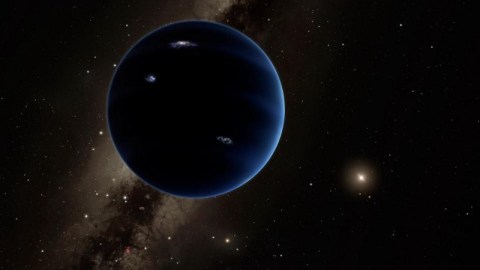
A new planet, bigger than Earth, could be lurking in the outer solar system. But new evidence says ‘probably not.’
“Although we were initially quite skeptical that this planet could exist, as we continued to investigate its orbit and what it would mean for the outer solar system, we become increasingly convinced that it is out there.”
–Konstantin Batygin
It was perhaps the most exciting idea to come out of science last year: that an undiscovered, giant world exists in our Solar System, far beyond the orbit of Neptune. This wouldn’t be some tiny, frozen world like Pluto or Eris, smaller even than Earth’s Moon, but a monstrous super-Earth, perhaps ten times as massive as our own world and almost as large as Uranus or Neptune in radius. As the months passed since it was first proposed by Konstantin Batygin and Mike Brown, they compiled additional evidence for it, and things were looking rosy. But a new study by Shankman et al. has turned the evidence on its head, disfavoring the planet’s existence and uncovering a bias in the data itself.
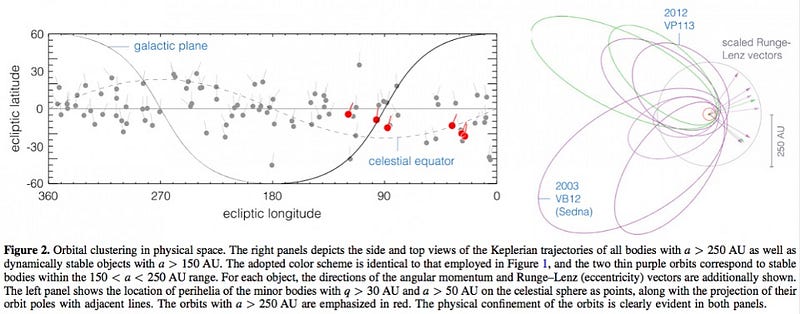
If there were a large planet located well beyond Neptune, we would expect it to leave a few specific signatures:
- It should produce an excess population of objects that get stretched into long-period orbits from gravitational interactions,
- Those objects have their orbits and their orbital planes tilted in a particular fashion, due to the influence of Planet Nine,
- There should be a small, but non-zero population of objects with orbits exactly opposite to the excess population,
- And Planet Nine, itself, should be out there, waiting to be found.
Batygin & Brown, as additional studies have come in, have been pointing to a few different objects — one here, one there, another two in a follow-up study — as evidence of those first three points. But Planet Nine itself has eluded direct detection.
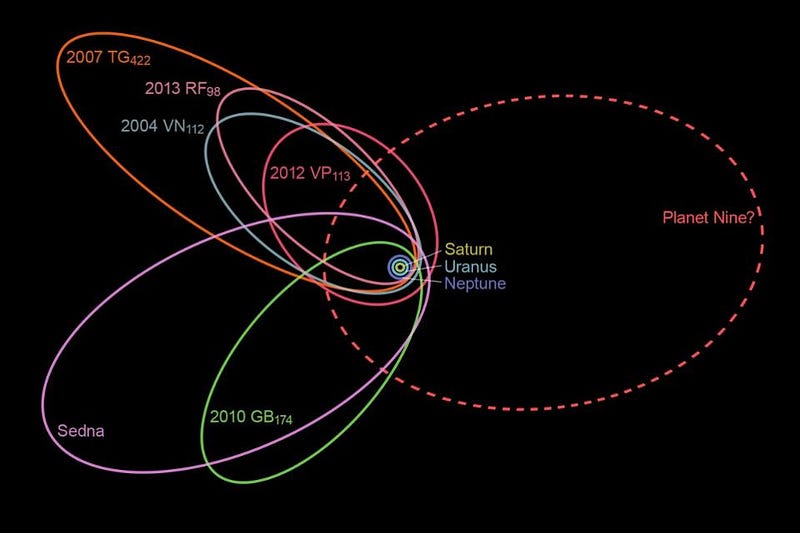
That’s not entirely a surprise! Even if Planet Nine were real and large, it would be incredibly faint at its predicted distance from the Sun. You might think that if it were ten times as distant as Uranus and nearly the same size, it should be only 100 times fainter, since brightness falls off as one over the distance squared. But sunlight suffers that problem twice from our perspective: the sunlight reaching such a distant world would be 100 times fainter than the sunlight reaching a closer world, but then that light gets reflected, and has to travel ten times as far before it arrives back at Earth. Instead of falling off as 1/r2, the light we effectively see falls off as 1/r4, making any world that distant incredibly difficult to see.
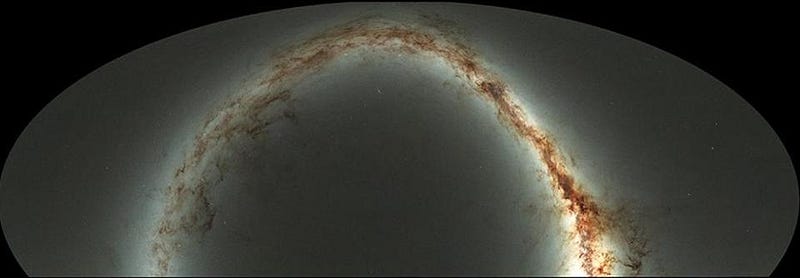
You might think that doing an all-sky survey would be the answer, but such surveys, like Pan-STARRS, don’t go deep enough to see such a world. So far, all we’ve had to rely on is the indirect evidence that Batygin and Brown have put forth. They’ve claimed a total, so far, of ten such objects that match their predictions. That’s impressive!
But they weren’t using data from an all-sky survey to find these objects; those surveys don’t go deep enough. The trans-Neptunian objects, and their peculiar orbits that the hypothetical Planet Nine would be responsible for, ought to be located in a particular region of the sky. And so if you want to find these objects, there are particular locations you’d look in order to see them.
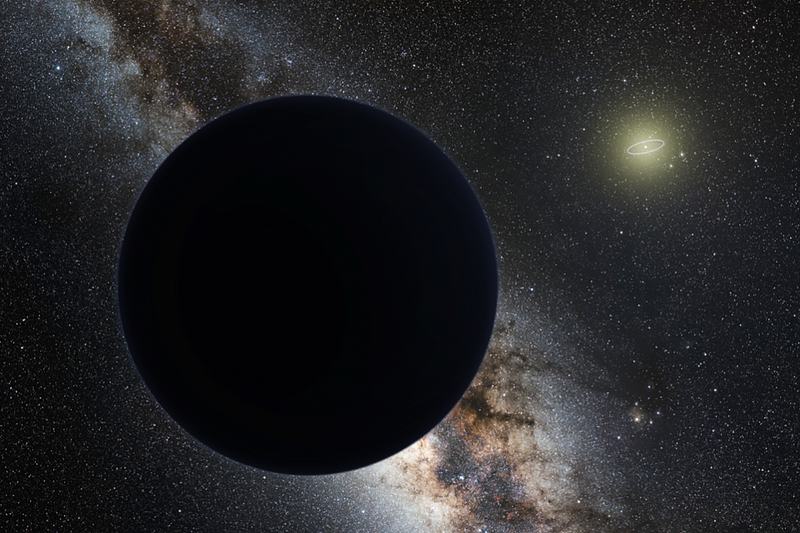
That’s fine, but the whole motivation that Batygin and Brown’s theory relies on isn’t that “these objects exist,” but rather that “these objects exist and their clustering is very unlikely to happen just by chance.” But the likelihood of what you see relies heavily on where you’ve observed and with what sensitivity you’ve made those observations. If you find clustered objects because you spent more of your observing time looking in the locations where you’d see clustering, that doesn’t mean there’s anything unusual. In fact, it’s more likely, if that’s the case, that there isn’t anything unusual; it’s more likely that you’re the victim of a phenomenon called detection bias.
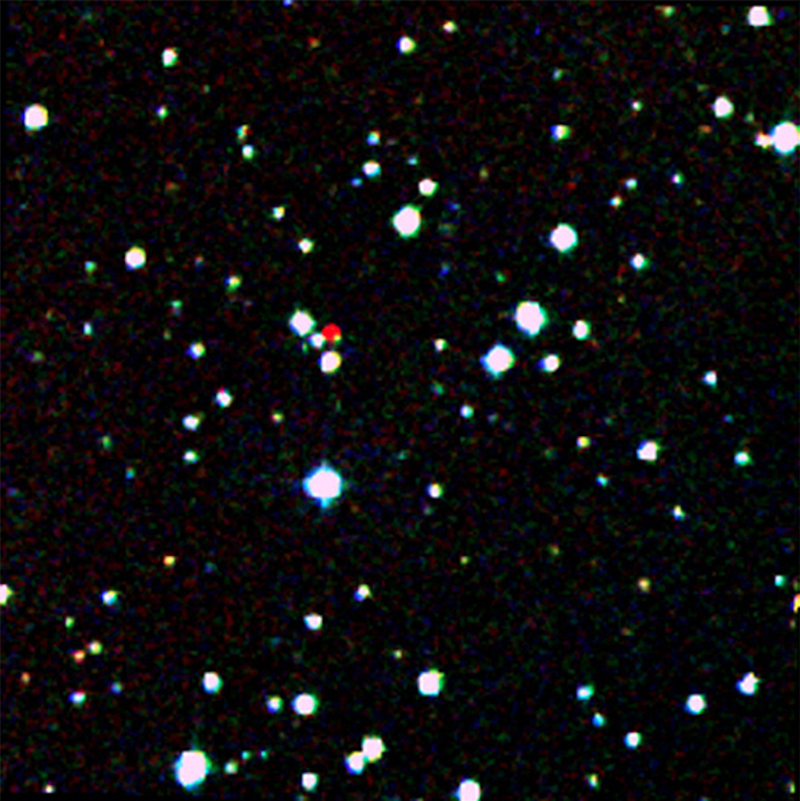
Those ten objects that Batygin and Brown identified came from a variety of surveys with a variety of depths, and importantly, the effect of detection bias was never quantified or adequately addressed. To visualize this, imagine you’ve got a telescope situated near the equator on Earth, and you spend every night looking out at the night sky, trying to view as much of it as possible as deeply as possible. If you had clear, dark skies, with good seeing, for 365 days out of the year, then you’d be able to get all portions of the sky equally. But you don’t. Instead:
- Some parts of the year are more prone to foul weather,
- Some parts of the year are more likely to have turbulent air and poor atmospheric seeing conditions,
- Some parts of the sky, like the galactic plane, are too contaminated to reliably locate TNOs,
and so on. The point is, if you preferentially observe the two particular regions of sky where you expect objects to be clustered, you’re going to find clustered objects there. And it might simply be you’re finding them because that’s where you’re looking.
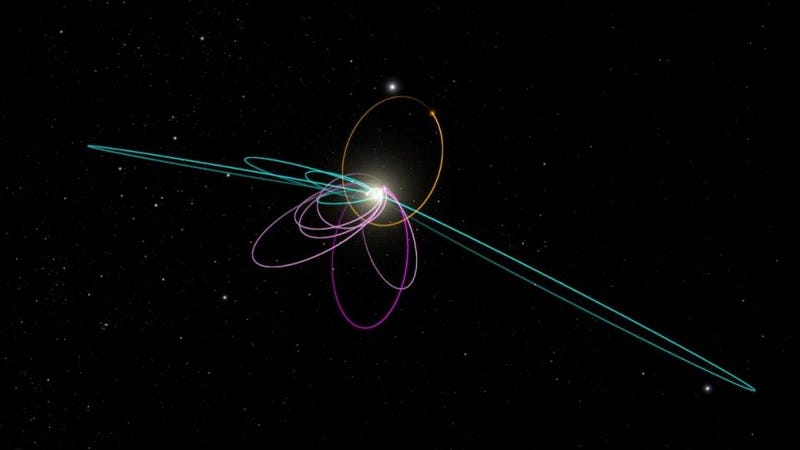
Sure, Batygin and Brown’s team have identified 10 such objects so far, and they do show that clustering. But does that point towards evidence for Planet Nine? There’s a straightforward way to test whether the effect is real: do a dedicated survey that doesn’t have this bias, or at least, quantifies this bias. There’s a big survey going on to hunt for worlds beyond Neptune in our Solar System: OSSOS, the Outer Solar System Origins Survey. It found over 800 objects during its duration, looking at eight different well-defined patches of sky over a four year timespan. (It takes that long to find appreciable movement, and measure the orbital parameters, when it comes to worlds so distant from our Sun!) And of these hundreds of objects, eight of them have the long-period properties that would show evidence for-or-against Planet Nine.
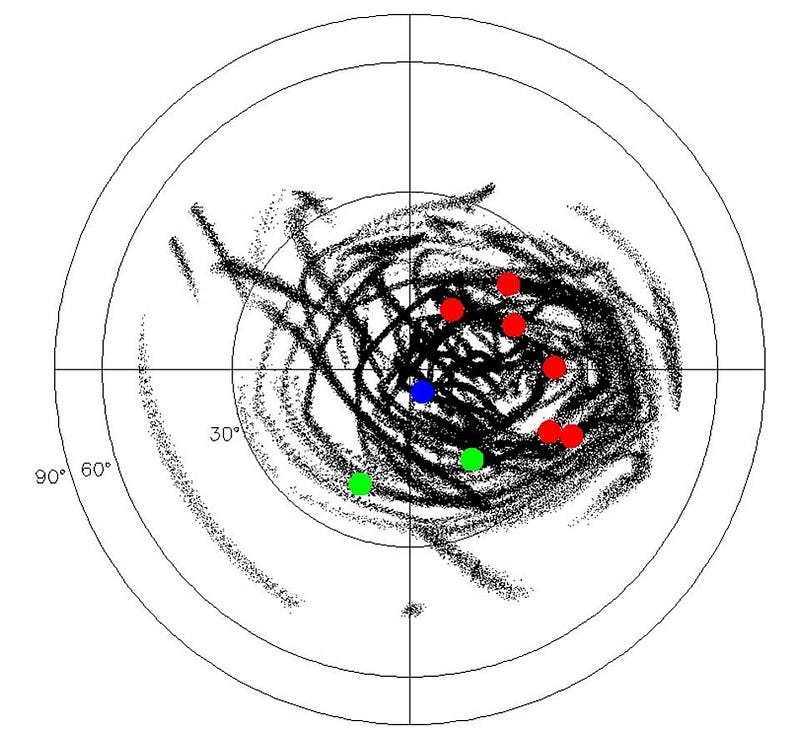
The results are definitive… and damning. Independently, prior to this study, simulations were performed with-and-without a massive ninth planet beyond Neptune, indicating what results would favor a ninth planet’s existence, and what would disfavor it. For the eight such objects that were found, here’s what the survey results indicated:
- The eight OSSOS discoveries have orbits oriented across a wide range of angles.
- The observed orbits are statistically consistent with random.
- The OSSOS detections do not all follow the pattern seen in the previous sample.
- One of them sits at right angles to the proposed two clusters.
- The orbits are not tightly clustered.
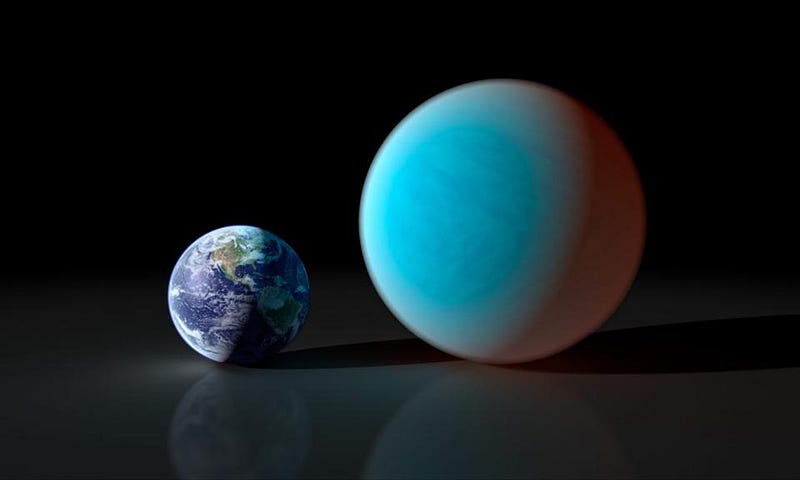
Most importantly, what they found was entirely consistent with no Planet Nine, and that the overall case for Planet Nine’s existence was substantially weakened by their study. In particular, the clustering in the orientation of each orbit in space (defined by multiple variables, ω and Ω) that earlier studies, like Batygin & Brown and Trujillo & Sheppard, previously noticed simply doesn’t exist in this new, unbiased study.
We find no evidence in the OSSOS sample for the ω clustering that was the impetus for the current additional planet hypothesis.
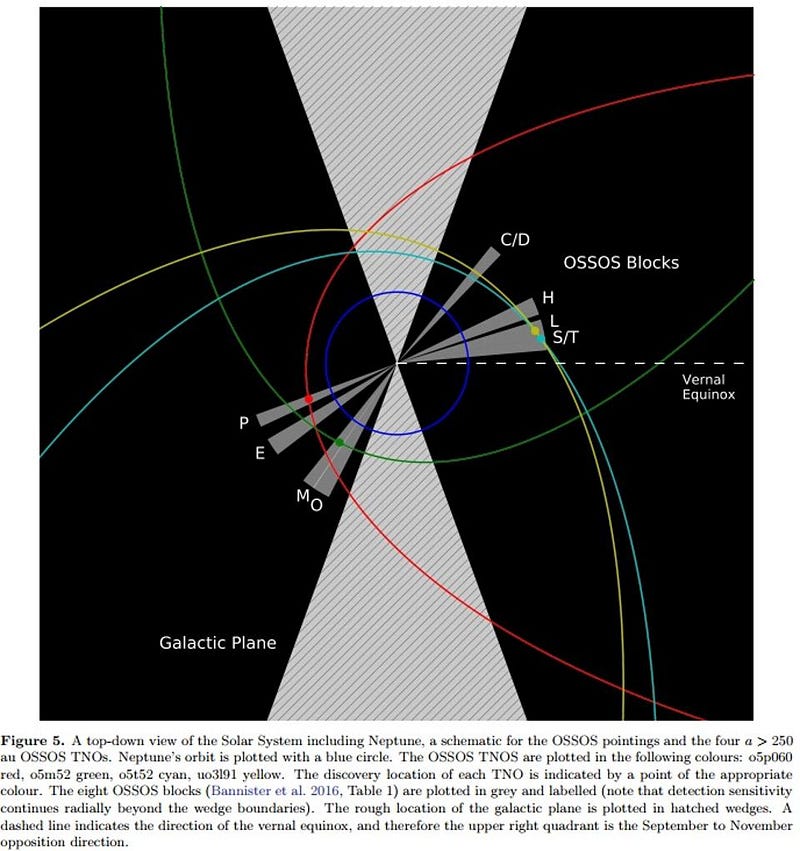
The data from this new study is quite clear that the previously observed correlation, which was the impetus for hypothesizing Planet Nine, doesn’t persist into the new sample. The authors suggest that detection bias is the reason why prior researched seemed to favor the existence of such a world, and that a careful determination of observational biases — newly identified in the OSSOS study — explain why those prior correlations appeared, and why they fail to appear in the new data.
We suggest that this clustering is the result of a combination of observing bias and small number statistics, though we cannot test this without published characterizations of the surveys that detected these TNOs.
Of course, this study isn’t enough to rule out Planet Nine; it still could be out there. As a counterpoint, Mike Brown contends that a different survey strategy could have been definitive, and OSSOS simply isn’t a good survey for indicating yea or nay on Planet Nine. But remember, the old saying goes, “where there’s smoke, there’s fire.” If you all of a sudden discover that what you thought was smoke was a figment of your imagination, it doesn’t mean there wasn’t a fire, but it sure does make the hypothesis that there ever was a fire a lot less compelling.
Ethan thanks Michele Bannister for extraordinarily helpful discussions and Cory Shankman for elucidating comments surrounding the new OSSOS work.
Ethan Siegel is the author of Beyond the Galaxy and Treknology. You can pre-order his third book, currently in development: the Encyclopaedia Cosmologica.




